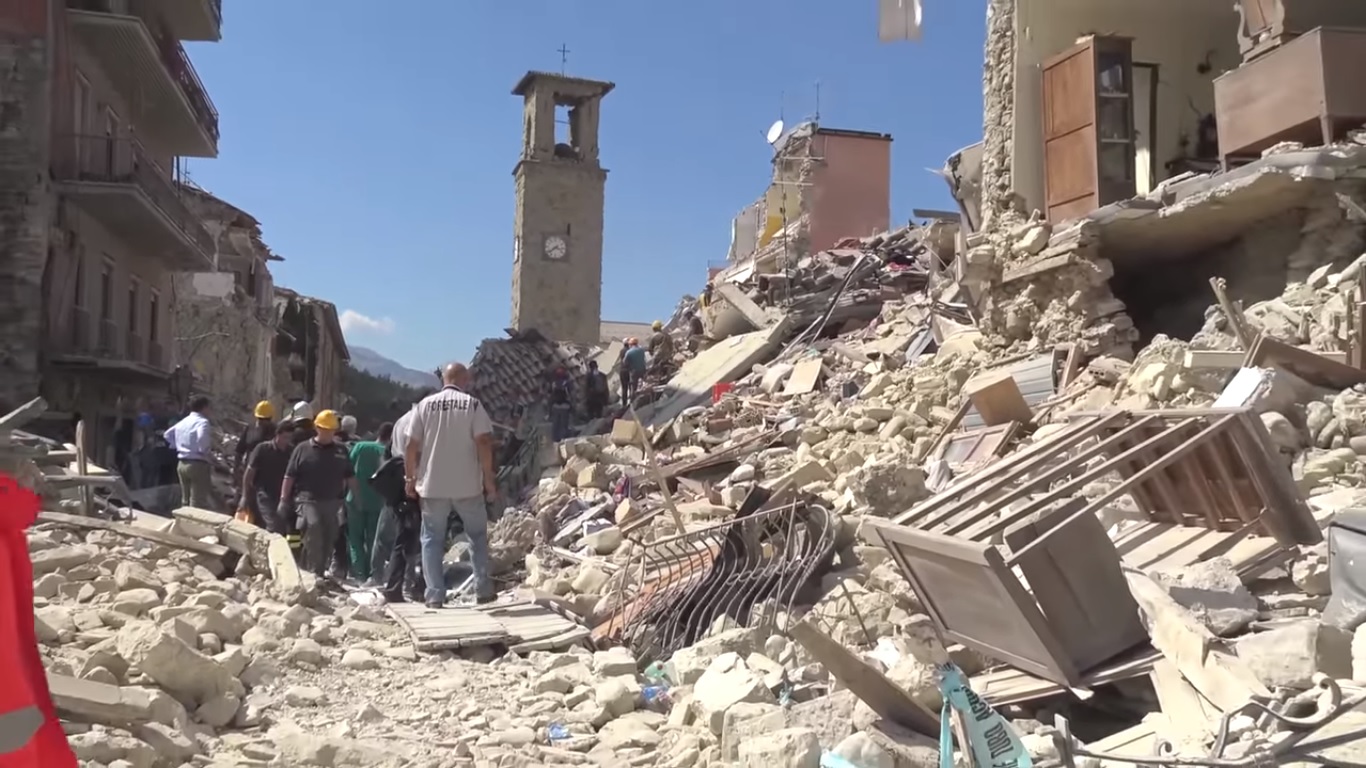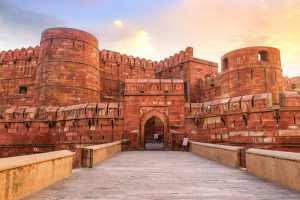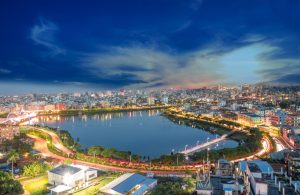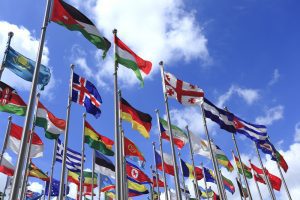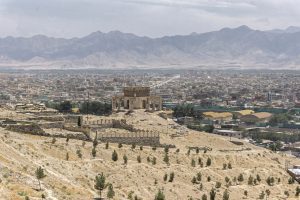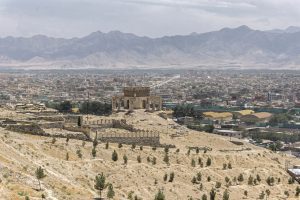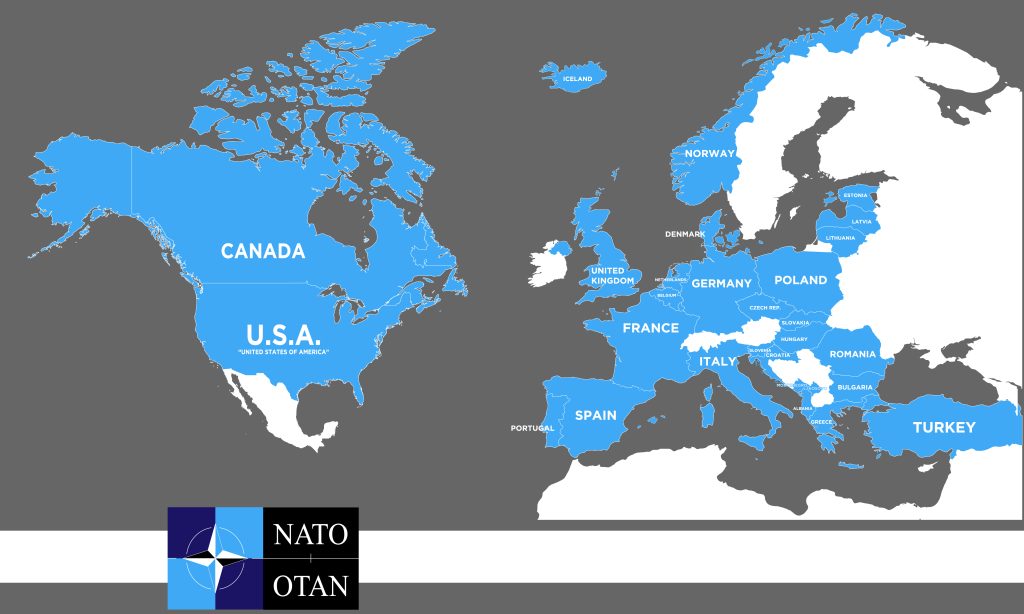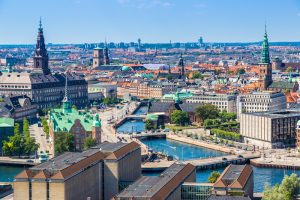Earthquakes are a reality in many parts of the world. They shape how we live, how we should live, and sometimes how we pass away. Many believe earthquakes can’t happen in the region they live in, but they can and they did over the past decade all over the world.
Table of Contents
10. Pakistan, 2013
Pakistan is one of the countries that gets hit by earthquakes the most. This nation has seen years of peace but 2013 was not among them. It was a day like any other on September 24th before the earthquake stroke Dalbadi. Almost all nearby villages were destroyed as houses crumbled. Its magnitude was 7.7, making it a true nightmare for those who were trapped in their homes or other buildings.
9. Chile, 2010
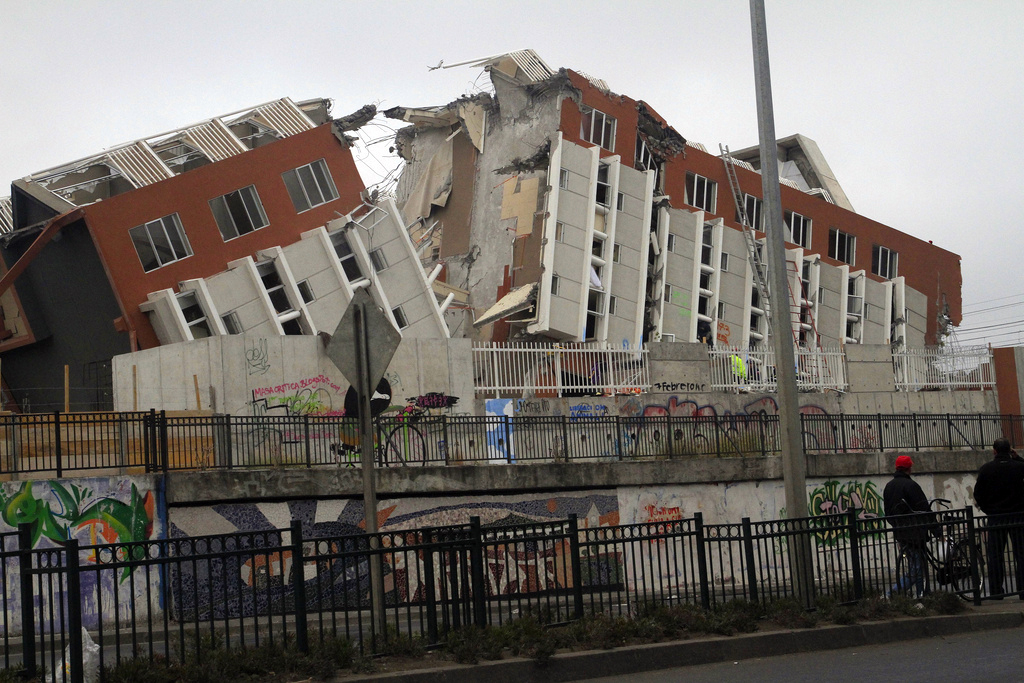
The 2010 Chile earthquake took place 300km away from the capital of Santiago. It was followed by a tsunami and together, this destruction took the lives of 521 people and it affected more than 800,000 others. While it was tens of kilometers underground, the earthquake still triggered a tsunami that traveled as far as San Diego.
8. Japan, 2011
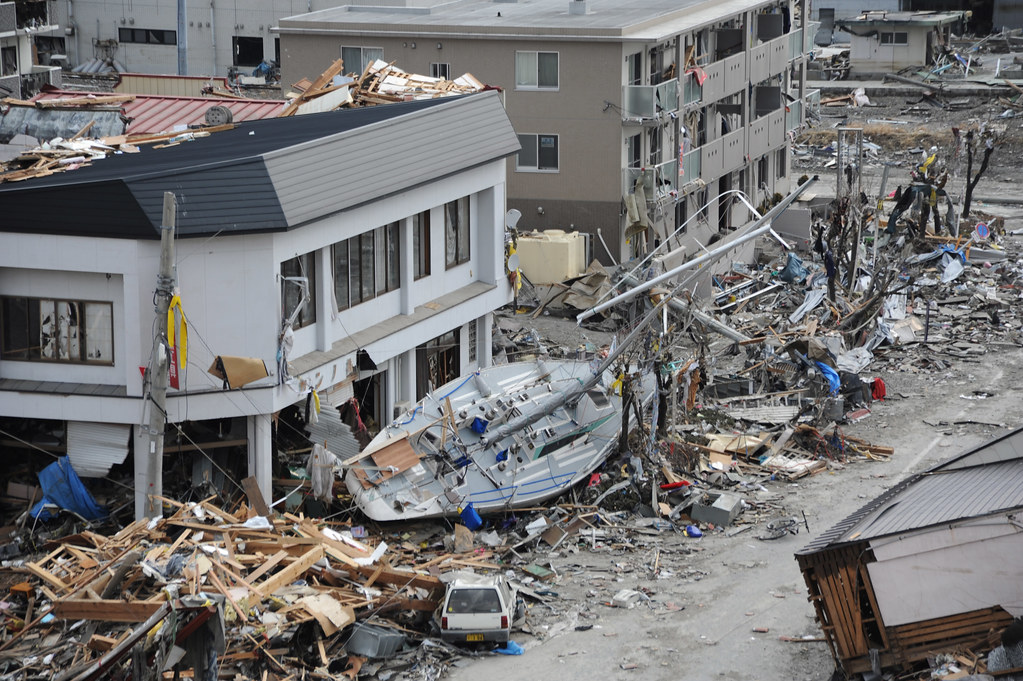
Japan’s largest earthquake took place in 2011. Thousands of people died and others are missing to this day and others died in their homes. The earthquake had a magnitude of 9, making it the strongest in the history of the country. A tsunami soon followed which was as high as 90 feet engulfing entire homes and livelihoods.
This was the 4th strongest earthquake ever recorded in the world. It was also made famous due to its impact on a nuclear power plant. Japan is a world leader in preparing for disasters but this one was a bit too much to handle in preparation. Japan did recover from the catastrophe repairing all roads and bridges affected by the earthquake. All rubble and debris have been cleared as well. Some of it went into recycling while other debris was incinerated.
7. China, 2014
400 people died on the spot in 2014 high up in China’s mountains and the region of Wenping. It’s believed more than 10.000 homes were affected by the disaster but figures from China are often not what they seem at a first glance. But we know the Yunnan province sits on a seismic area and earthquakes here are more frequent than we can expect.
6. New Zealand, 2011
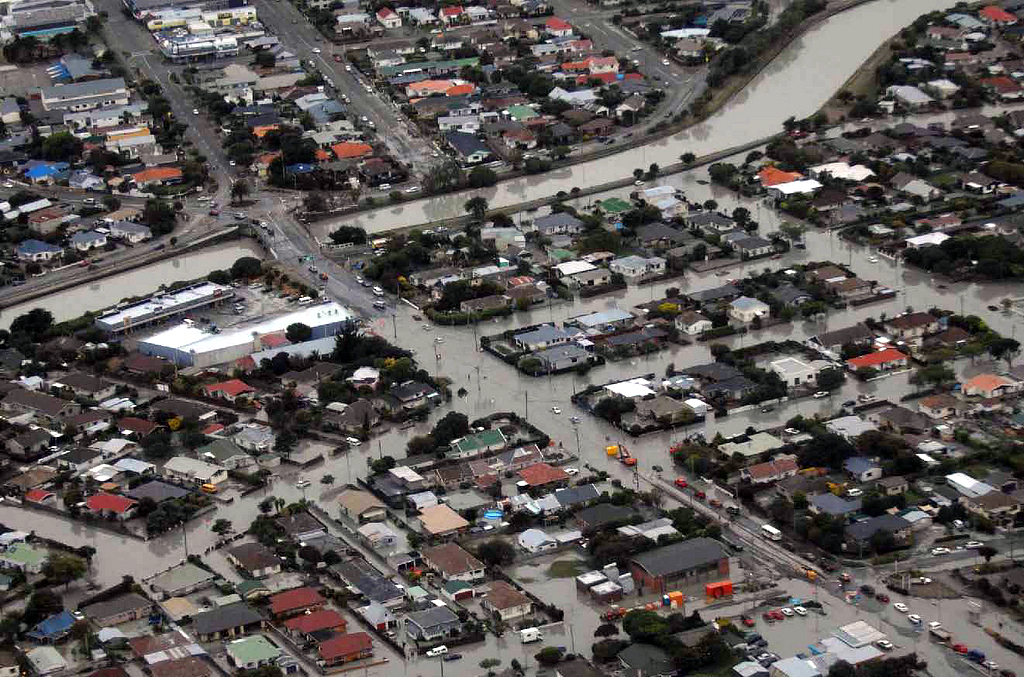
The Christchurch earthquake in New Zealand killed 185 people and it causes widespread damage to the wider region and the second-largest city in New Zealand. The city might be remote but causalities involved people from all over the world. 97 people from New Zealand died on February the 22nd. 28 Japanese nationals also died, making for the second nationality most impacted by the earthquake. 23 Chinese people were also killed during the catastrophe. 11 Philippines citizens also died here. 6 people from Thailand and 3 from Israel were also found dead.
5. Sulawesi, 2018
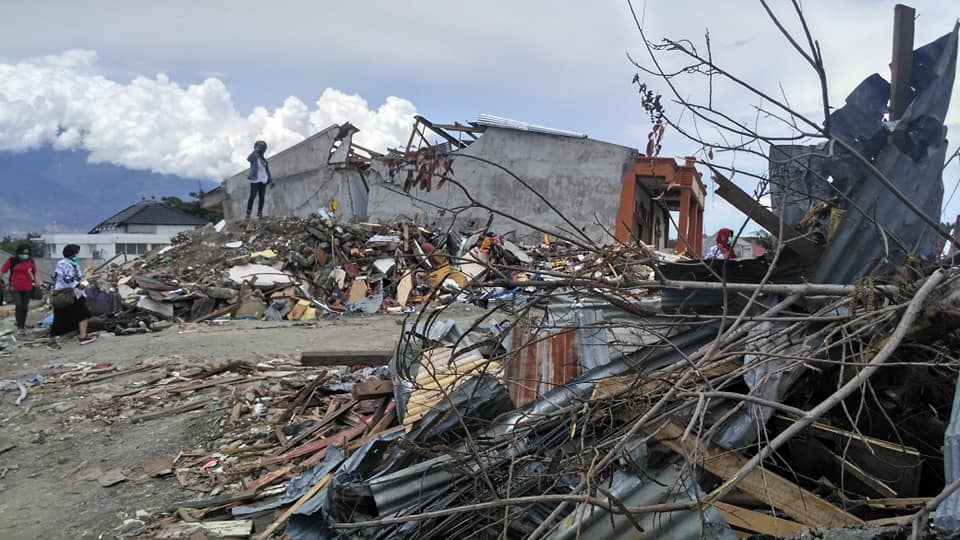
Indonesia saw a recent earthquake in 2018 on September the 28th. Over 4.340 people are believed to have died on this day. But why were the causalities here so high? The Festival Pesona Palu Nomoni festival was taking place on September 28th when the evening partygoers were caught off guard by the earthquake at the beach. The tsunami that followed killed almost all the people attending the festival. Bodies were found days after the tsunami and they were all left on the street until the clearing operating began.
4. Turkey, 2011
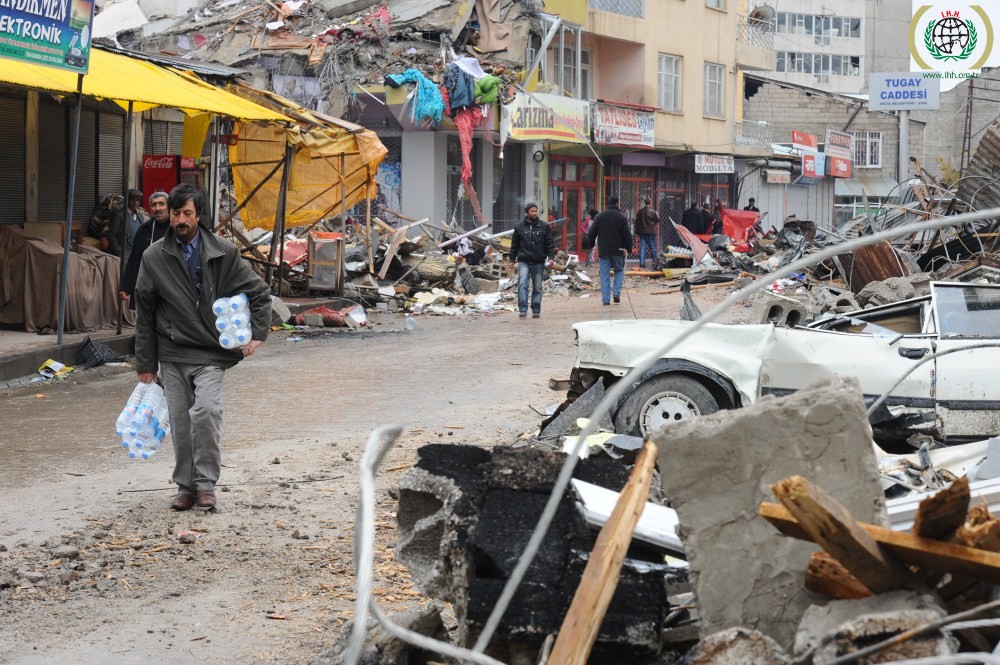
The Eastern Turkey earthquake was one that shocked the country. Thousands of people died during the catastrophe. It is believed more than 4.000 people were injured in the aftermath. It took a country-wide effort to start looking for survivors but Turkey’s residents all gave a helping hand in the region. Efforts were not in vain as the survivor-seekers found a 13-year old boy under the rubble almost a week after the earthquake. Images of those saving the boy were seen on TV across the world.
3. Italy, 2016
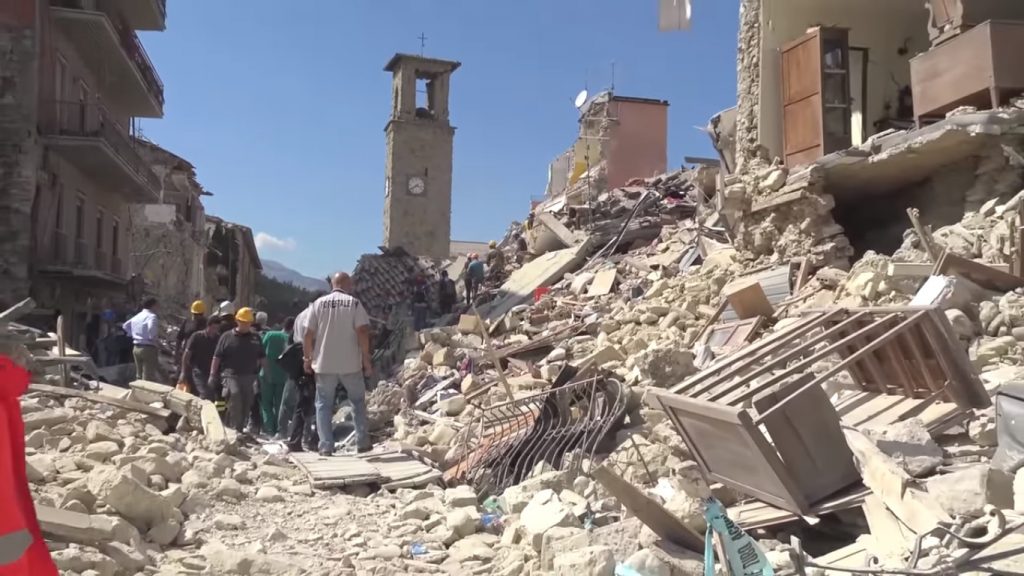
The August 2016 Italy earthquake was one that took 300 lives. Earthquakes are frequent here. But what surprised the most was that even a building reinforced with anti-seismic protection collapsed. It showed that no building can face the brute force of nature.
Amatrice, Reuters, and Posta were the towns and villages affected the most. They are situated 100 miles out of Rome. But seismic recordings show nearly 500 aftershocks of this earthquake. The village of Pescara del Tronto was affected the most and wiped off the face of the Earth.
It is believed the movement of the Eurasia tectonic plate North with around 28mm per year can cause the earthquake in this region. The African tectonic plate was also involved together with the smaller Adria tectonic plate underneath the Apennines. All of these tectonic plates were involved in the release of energy which eventually was felt like an earthquake. The way Italy handled the earthquake is also under question. Many believe the country doesn’t have the means to deal with such catastrophes and that improvements can be made in its emergency services.
2. Haiti, 2010
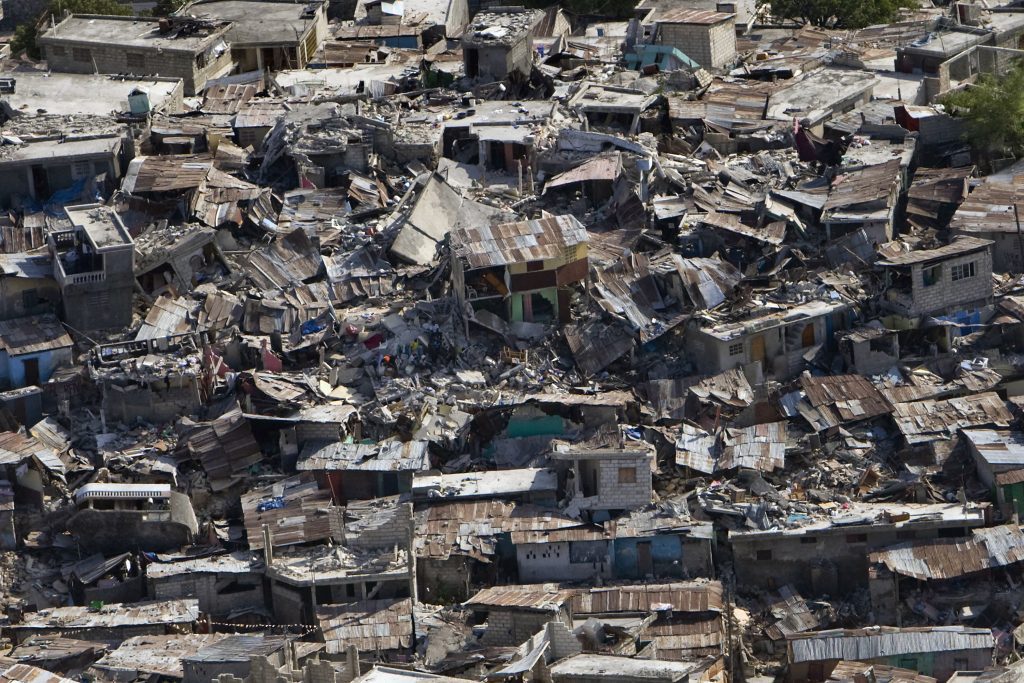
A true disaster happened on January 12th, 2010 in Haiti. This friendly country and one of the top holiday destinations in the world showed how a country can come together and how the world can help rebuild. An incredible number of 315.000 people died on this January day. Haiti is slowly recovering but many people still can’t afford to build new homes sleeping on the street for years.
1. Nepal, 2015

More than 8.000 people died in Nepal’s earthquake in 2015. It was, in fact, a series of earthquakes that turned out to be the deadliest in Nepal’s history. The first earthquake occurred in April while the second one came in May. Together, they killed thousands of people. Several climbers up in the Himalayan Mountains also died. Deaths also occurred in nearby countries. The magnitude of these 2 earthquakes of more than 7 degrees claimed lives in India and Bangladesh.

